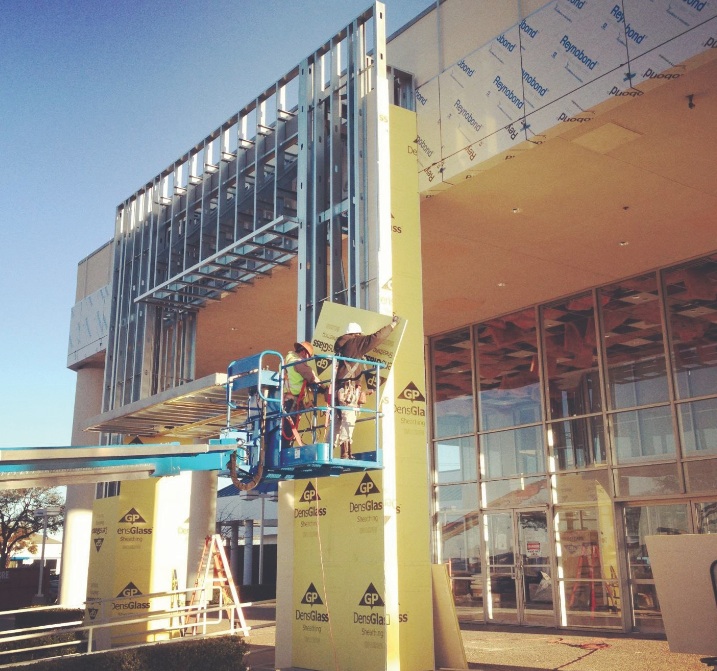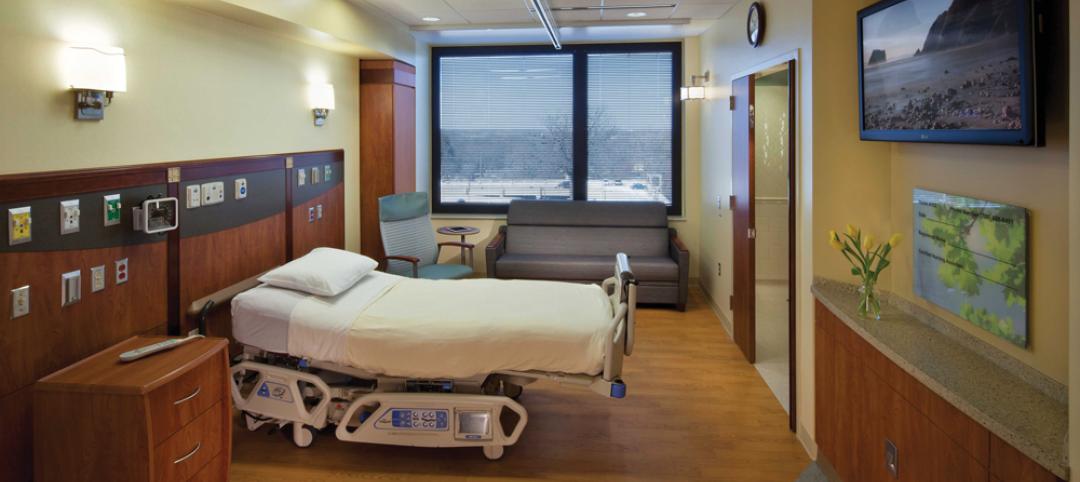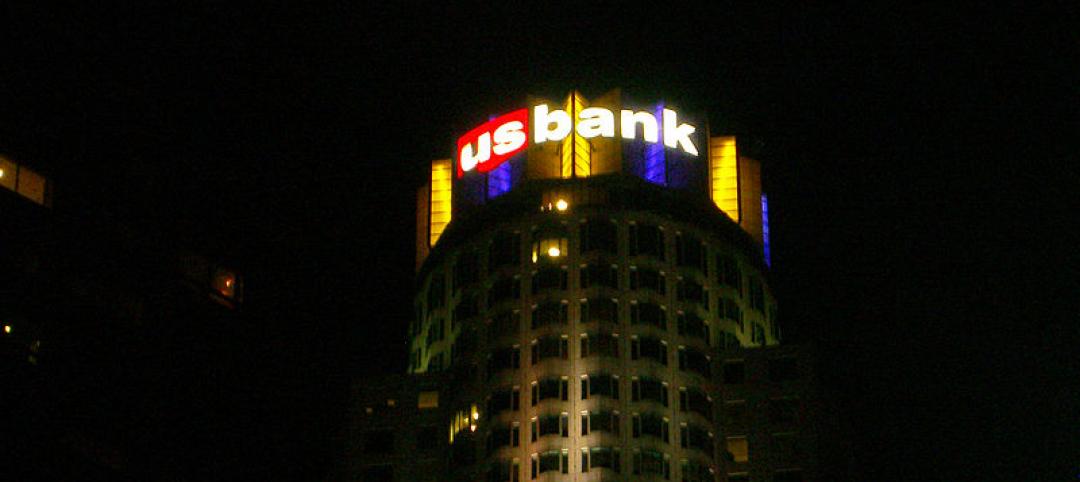Related Stories
| Jul 23, 2014
Holistic care model, regulatory changes make outpatient facilities a high priority [2014 Giants 300 Report]
With the Affordable Care Act still in its infancy, Building Teams are seeing reverberations in the investment decisions of healthcare providers, including new ideas about the types of buildings they are asked to create.
| Jul 23, 2014
Meet Acquario Ceará: The giant crustacean-shaped aquarium that's causing concerns
A new aquarium on Brazil's northeastern coast is designed, engineered, constructed and financed by U.S. firms and institutions.
| Jul 23, 2014
Top Healthcare Sector Construction Firms [2014 Giants 300 Report]
Turner, McCarthy, and Skanska USA top Building Design+Construction's 2014 ranking of the largest healthcare contractors and construction management firms in the U.S.
| Jul 23, 2014
Top Healthcare Sector Engineering Firms [2014 Giants 300 Report]
AECOM, Jacobs, and URS Corp. top Building Design+Construction's 2014 ranking of the largest healthcare engineering and engineering/architecture firms in the U.S.
| Jul 23, 2014
Top Healthcare Sector Architecture Firms [2014 Giants 300 Report]
HDR, Stantec, and HKS top Building Design+Construction's 2014 ranking of the largest healthcare architecture and architecture/engineering firms in the U.S.
| Jul 23, 2014
Tallest skyscraper in South Korea now open
The Northeast Asia Trade Tower stands at 308 meters and is the focal point of the Songdo International Business District, a new 310-hectare city built on reclaimed land.
| Jul 23, 2014
Architecture Billings Index up nearly a point in June
AIA reported the June ABI score was 53.5, up from a mark of 52.6 in May.
| Jul 22, 2014
L.A.'s tallest tower to get observation deck
U.S. Bank Tower, as part of a series of improvements, will be getting an observation deck and restaurant at its top.
| Jul 22, 2014
Herzog & de Meuron unveil curvy concrete condo in Manhattan
Herzog & de Meuron have released renderings of their new $250 million New York building, a 12-story condominium with 88 luxury apartments.
| Jul 21, 2014
Narrowing the field: Stirling Prize shortlist announced
The list includes first-time nominees Mecanoo and Renzo Piano Building Workshop, as well as previous winners Zaha Hadid Architects and Feilden Clegg Bradley Studios.















